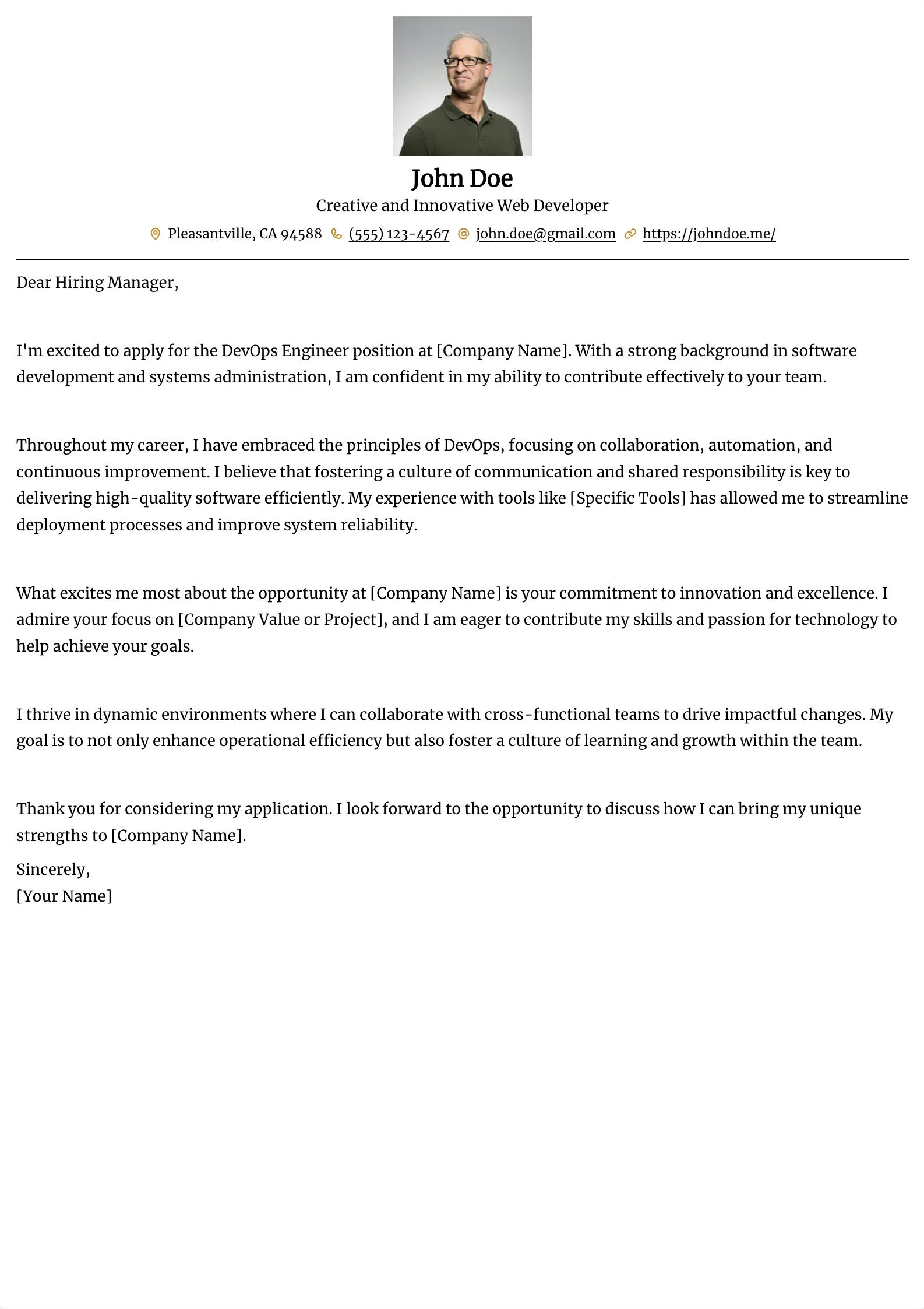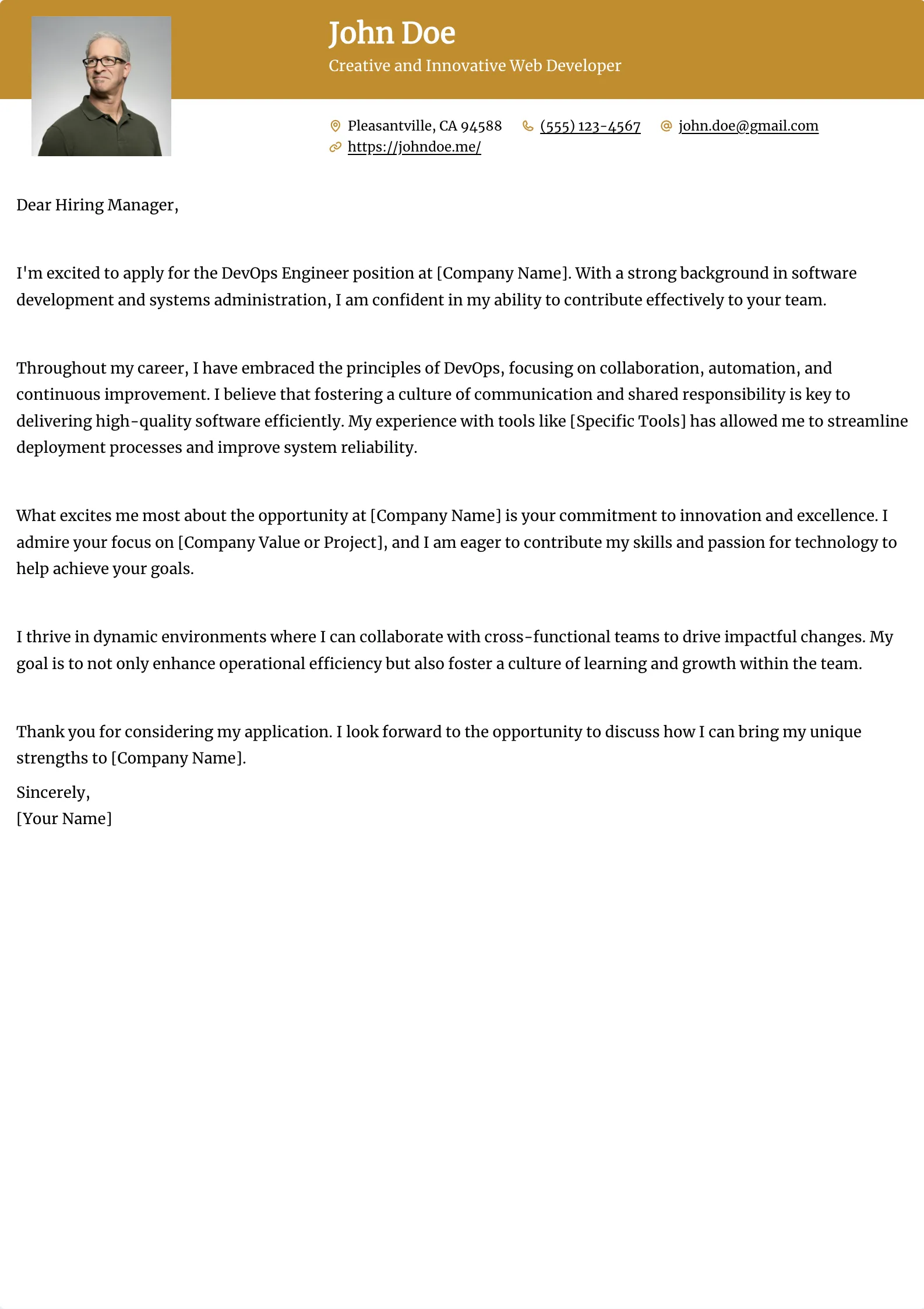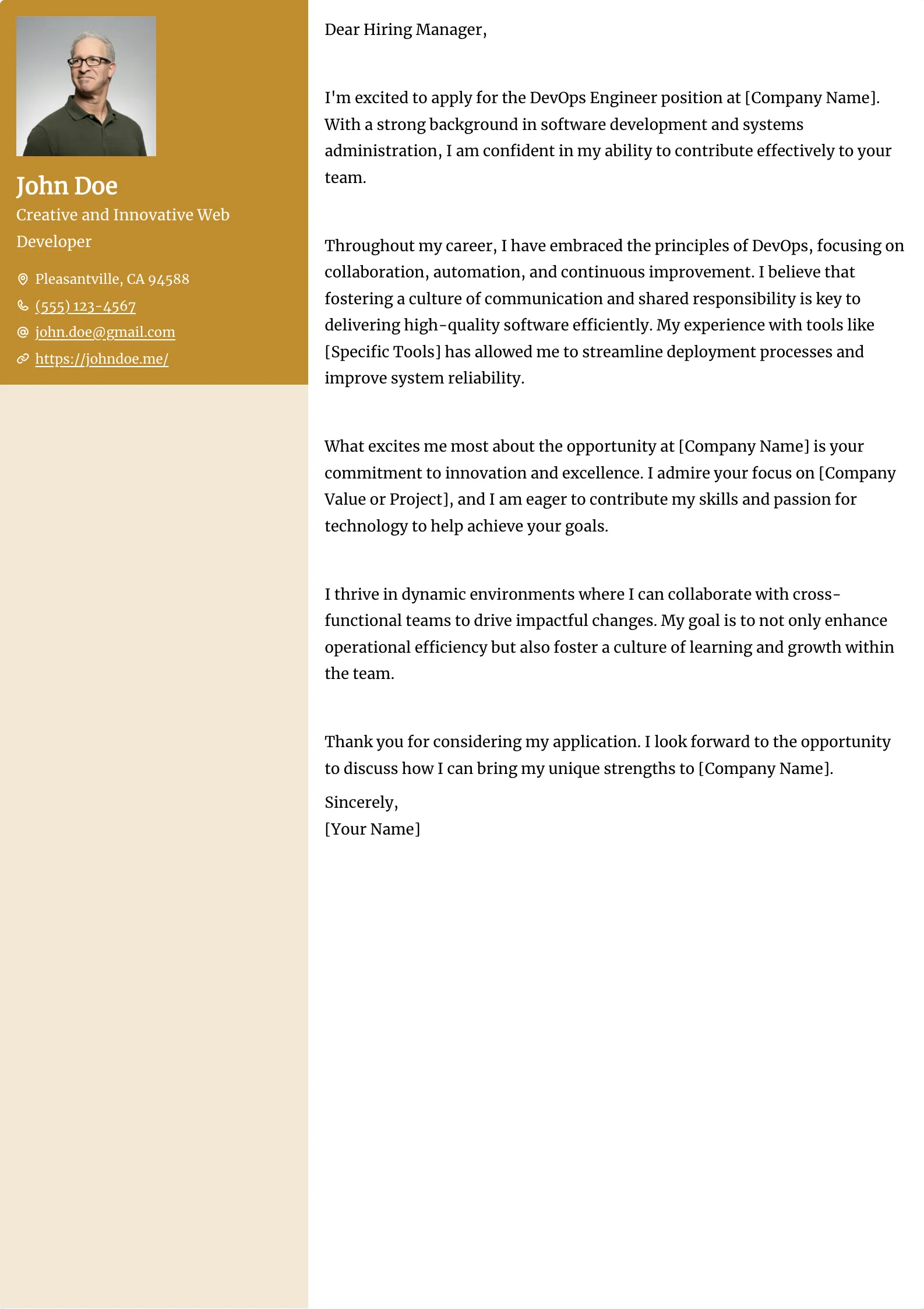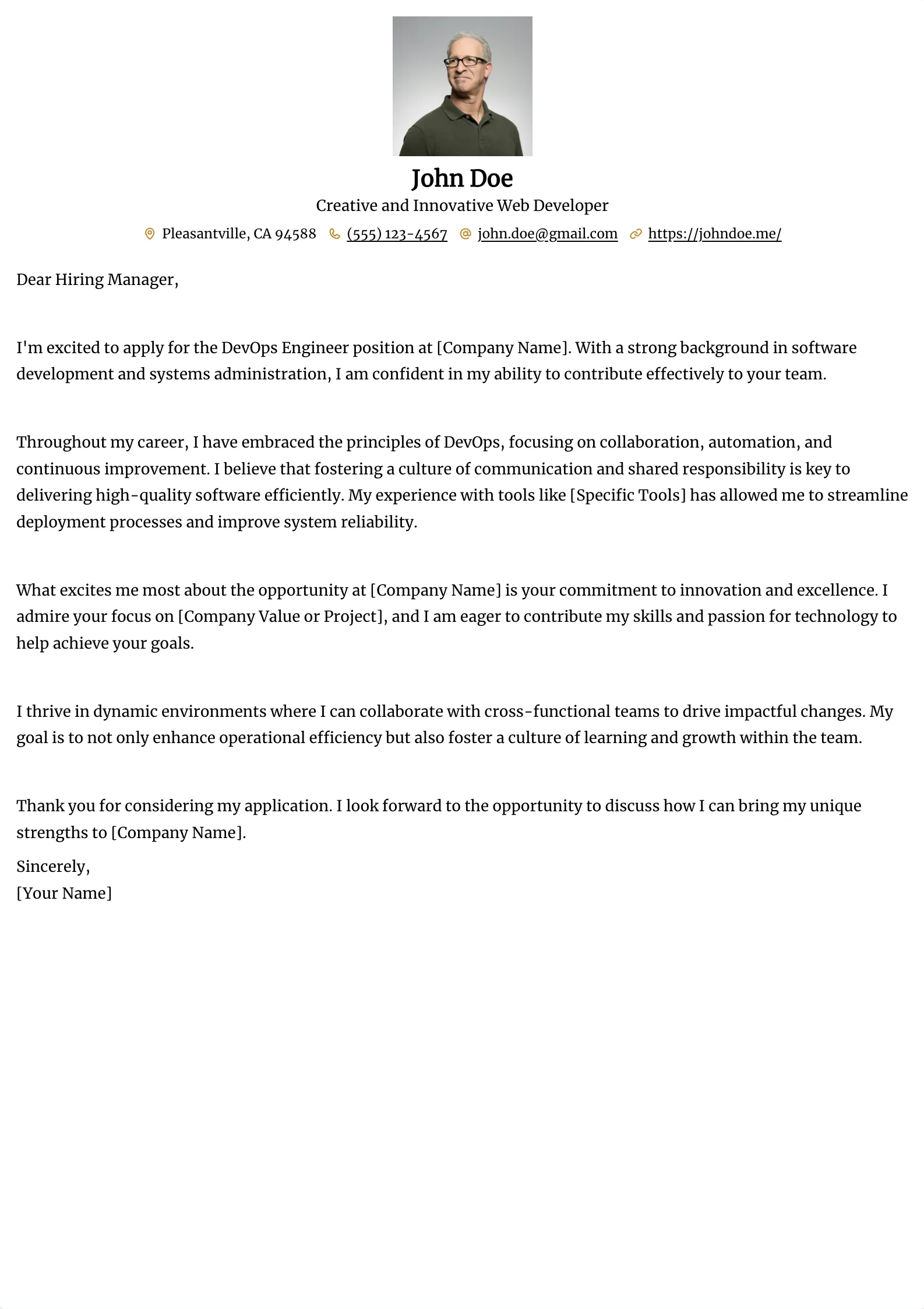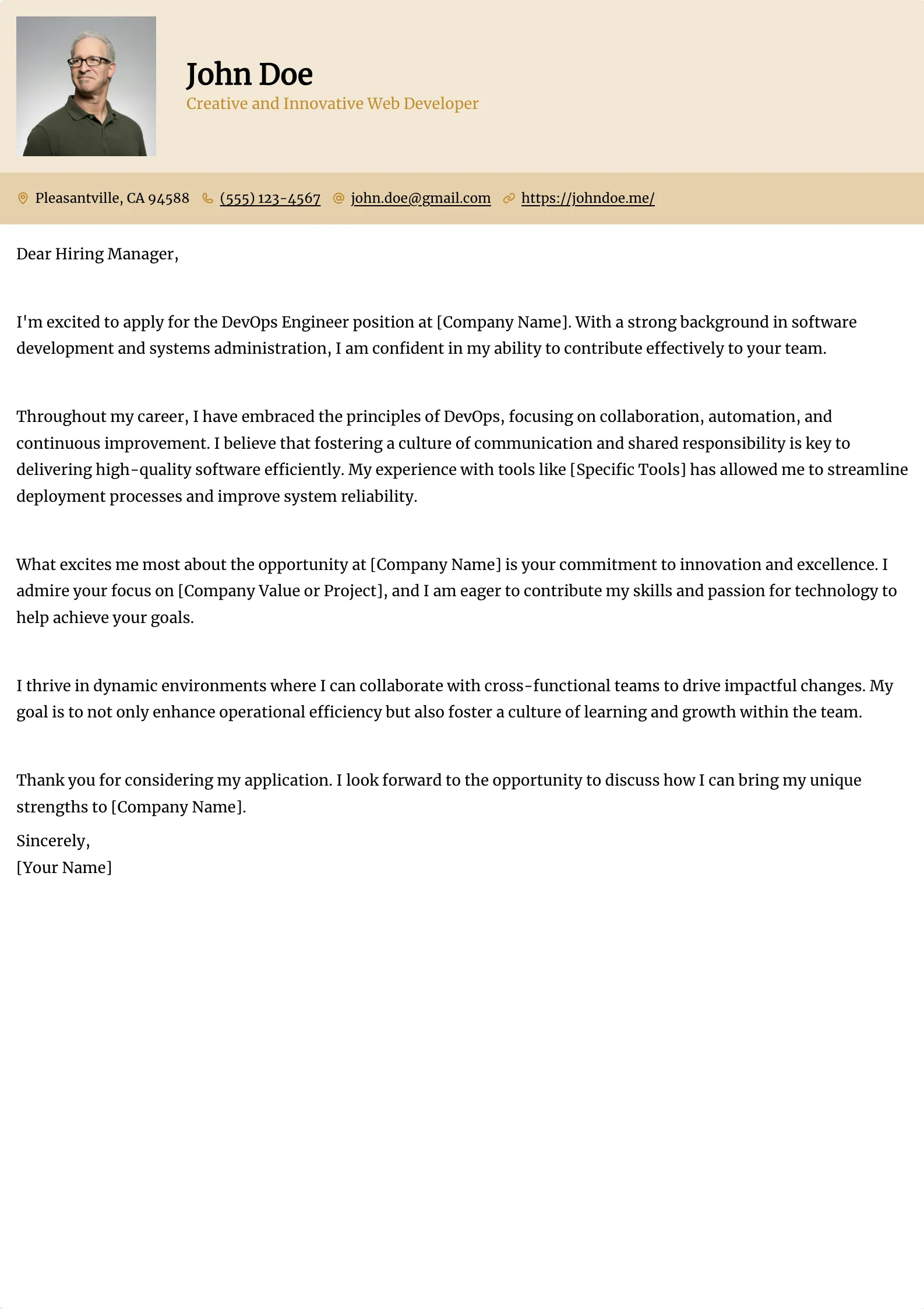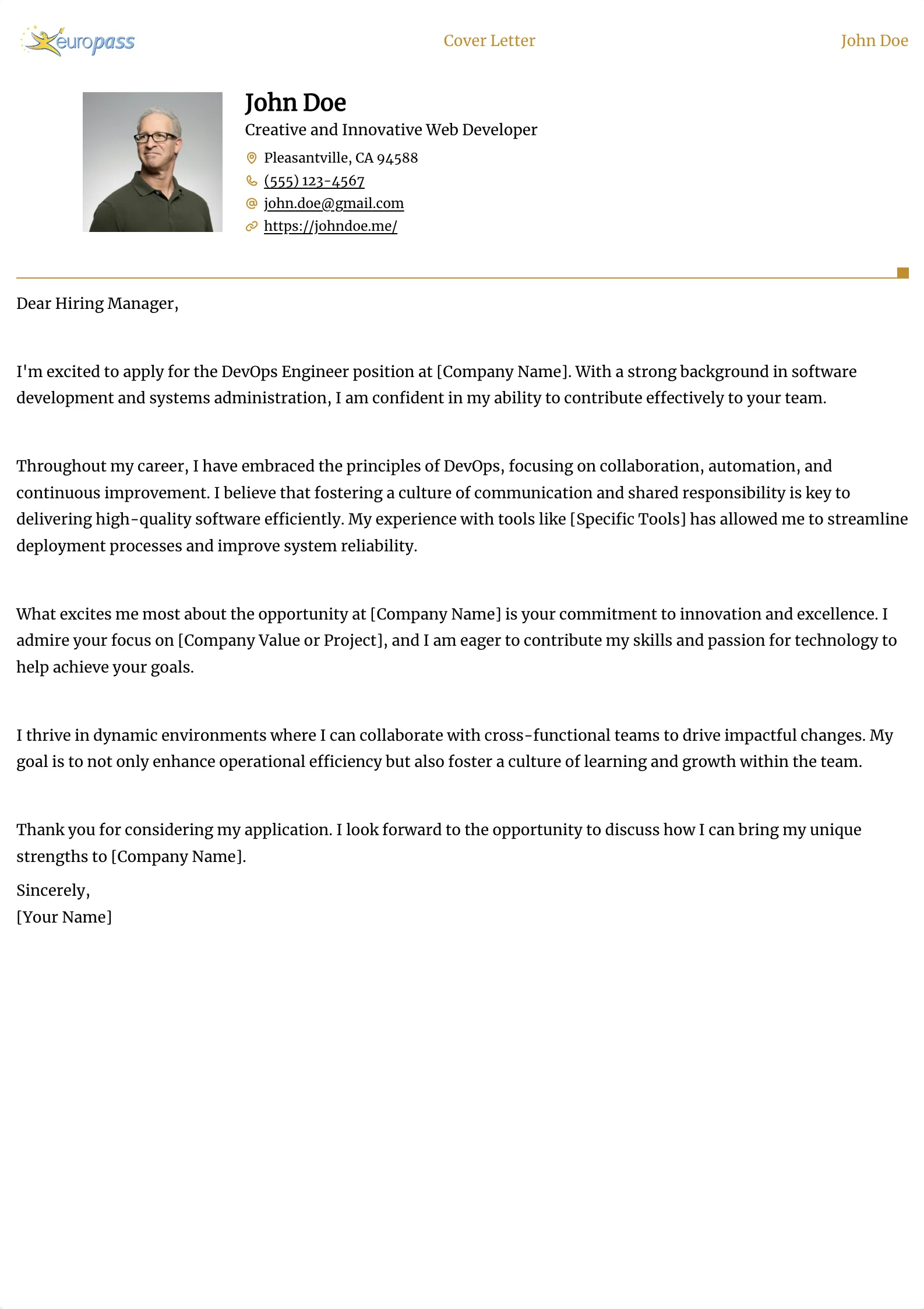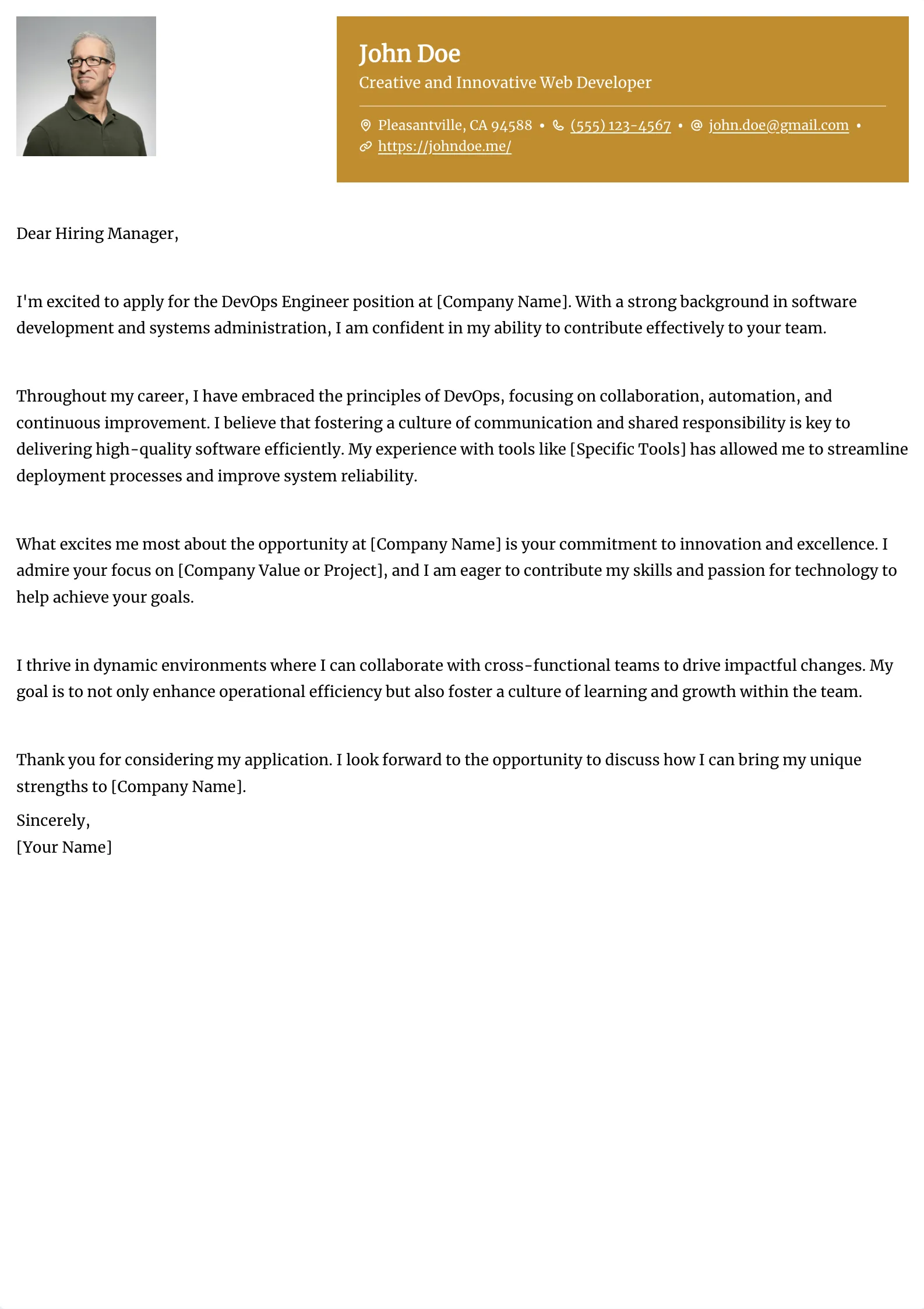The Power of Personalization: Tailoring Your Cover Letter for Each Job

Introduction
In today's competitive job market, a personalized cover letter can be the difference between landing an interview and blending into the background. A tailored cover letter demonstrates your genuine interest in the position and highlights how your unique skills align with the company's needs. This guide explores the importance of personalization and provides actionable steps to customize your cover letter for each job application.
1. Research the Company
Begin by thoroughly researching the company to understand its mission, values, goals, and recent developments. Familiarize yourself with their culture and the specific challenges they face. This knowledge allows you to align your cover letter with the company's priorities and demonstrate that you've done your homework.
2. Understand the Job Description
Dive deep into the job description to identify the key skills, experiences, and attributes the employer is seeking. Make a list of these requirements and consider how your background meets each one. Highlight your corresponding skills and experiences in your cover letter to illustrate your suitability for the role.
3. Customize Your Opening Paragraph
A personalized cover letter starts with a hook that grabs the recruiter's attention. Mention the specific job title and the company name. Discuss what excites you about the role and the organization. A personalized introduction sets the stage for the rest of your letter and makes it clear that this is not a generic application.
4. Relate Your Experience to the Company's Needs
In the body of your cover letter, focus on specific examples from your past work experiences that are relevant to the job. Use quantitative achievements to back up your claims and show how you have added value in similar roles. Position yourself as the solution to the challenges outlined in the job description.
5. Showcase Cultural Fit
Employers not only seek candidates with the right skills but also those who fit well with the company culture. Reflect on how your values align with the company's, and share instances where you've thrived in similar environments. This will help the employer envision you as part of their team.
6. Use the Hiring Manager's Name
Whenever possible, address your cover letter to a specific person rather than a generic "To Whom It May Concern." This personal touch shows attention to detail and genuine interest. If the name is not listed in the job posting, try finding it on the company's website or LinkedIn.
7. Conclude with a Call to Action
End your cover letter with a strong call to action. Express your enthusiasm for the opportunity to further discuss how your skills and experiences align with the company's goals. Be proactive about the next steps, indicating your desire for an interview to explore the potential fit.
Conclusion
Personalizing your cover letter for each job application is a powerful strategy that can significantly increase your chances of landing an interview. By tailoring your letter to reflect the company's values and the specific demands of the role, you position yourself as a compelling candidate. Always remember that a well-crafted cover letter is more than just a formality—it's your chance to make a memorable first impression.
Categories
Related Articles
Try our Sample Cover Letter Editor
Use this editor to modify a sample cover letter, adjusting the content's formatting, layout, and style to match your preferences. This section provides a hands-on demonstration of how your cover letter can look once customized.
